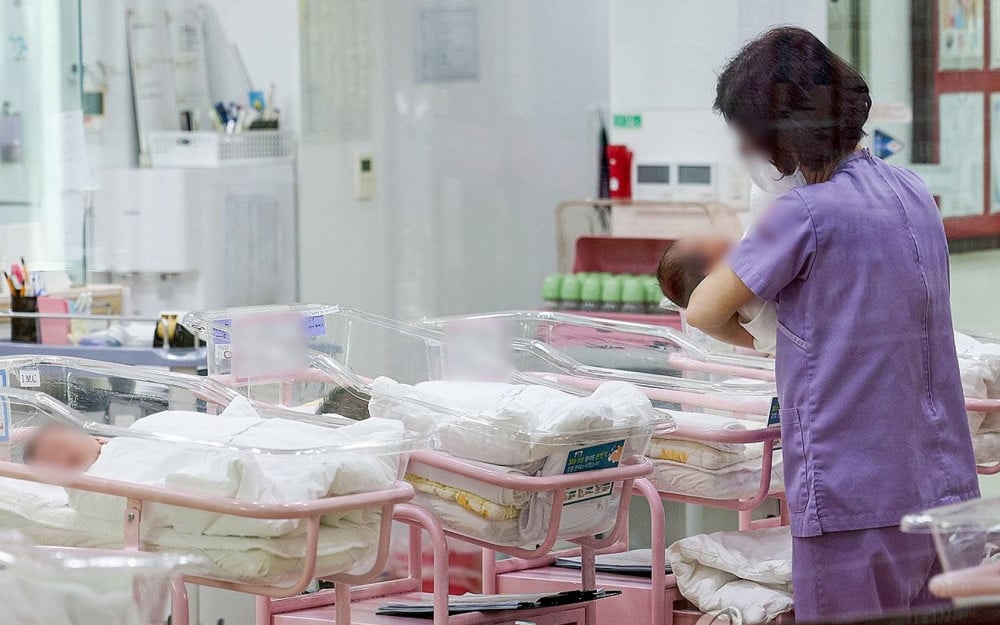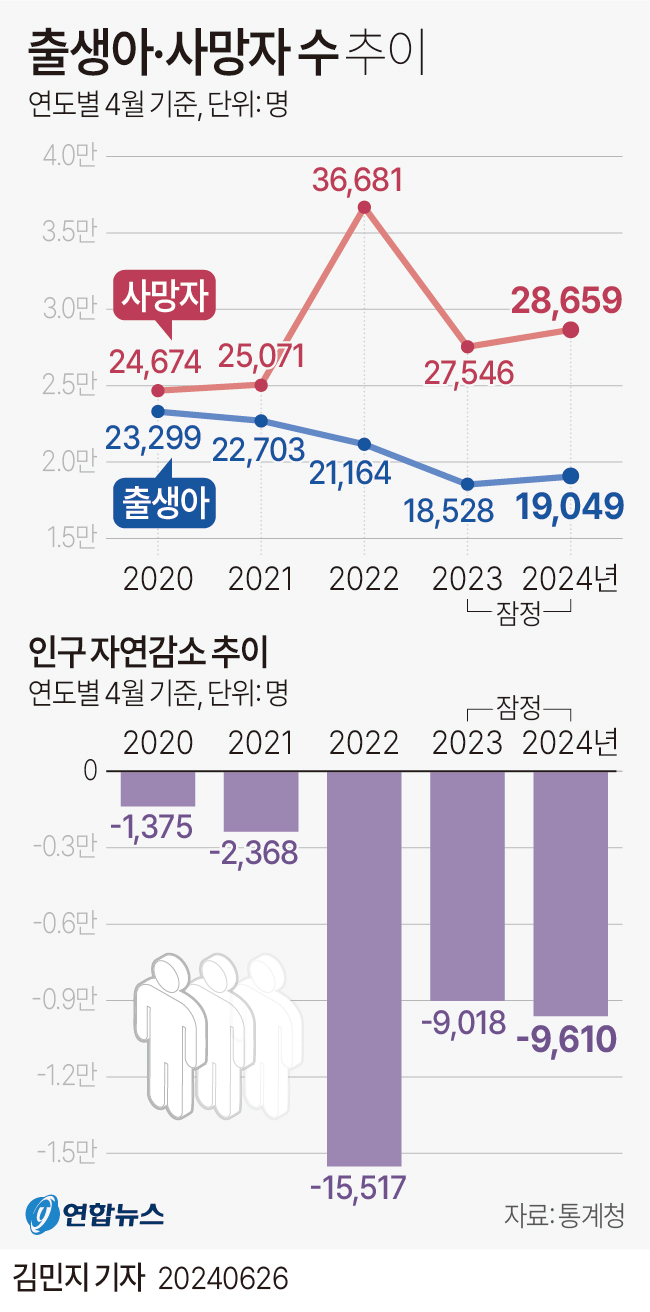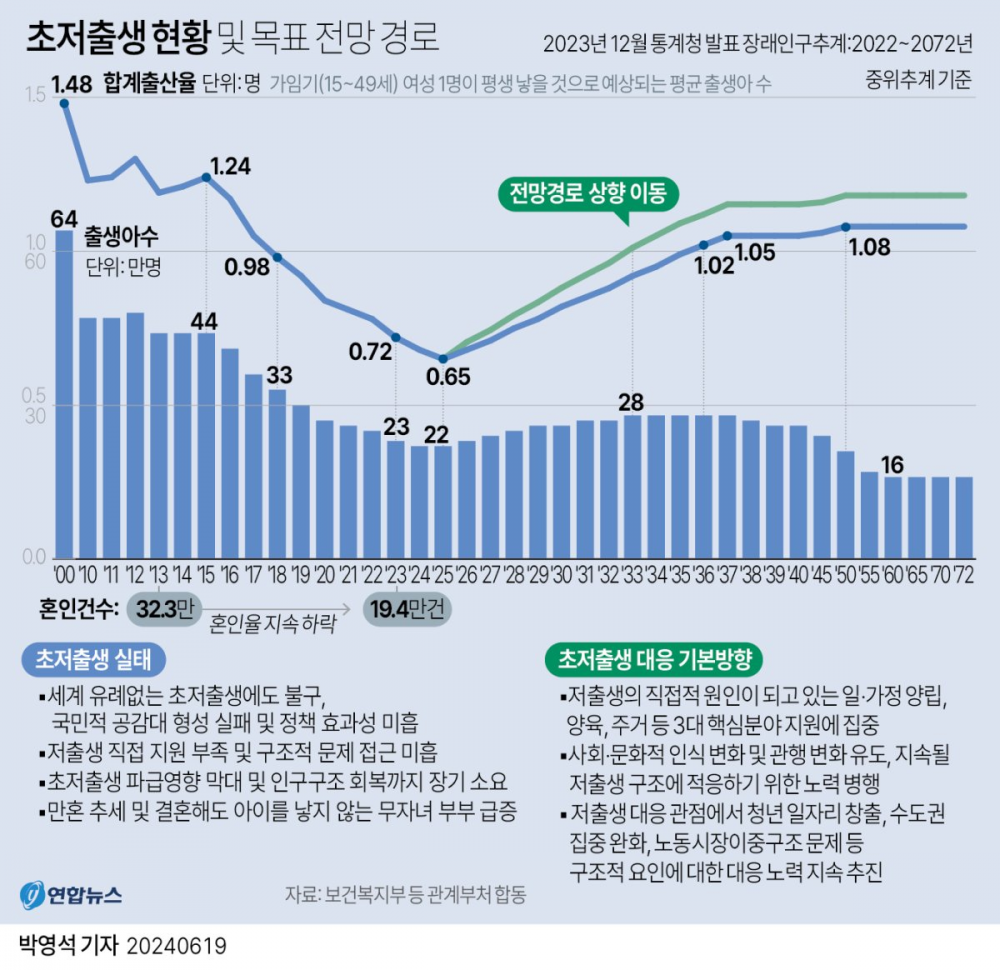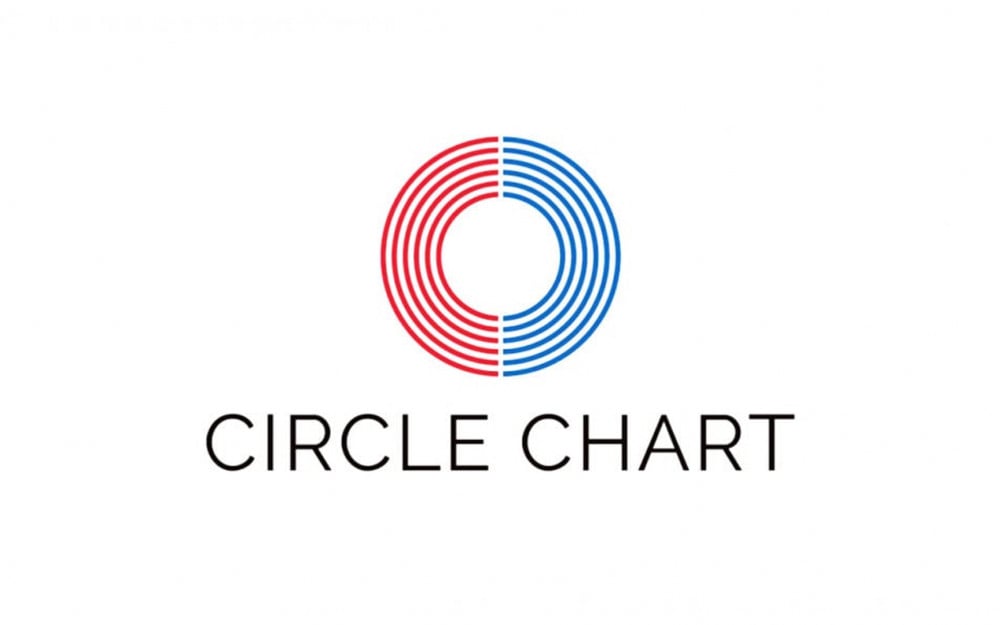South Korea sees first birthrate increase in nearly 2 years

April witnessed a surprising uptick in South Korea’s birthrate, marking the first increase in 19 months, amidst a broader context of declining population trends and a rise in marriages, according to a recent report from Statistics Korea.
In April, there was a notable increase of approximately 500 newborns compared to the same month last year, marking the first rise in birth numbers after 19 months of decline in South Korea. This increase is considered a potential technical rebound, especially since the birth rate had previously plummeted to alarmingly low levels, and was further influenced by a base effect.
Statistics Korea’s ‘April Population Trends’ report, released on June 26, highlights that there were 19,049 births in April, up by 521 (2.8%) from last year. This rise is significant, as it represents the first year-over-year increase in birth numbers since September 2022, breaking a trend of decline that lasted one year and seven months.

The report attributes the increase in births to a combination of a base effect and a surge in marriages that began in August 2022 and continued through the first half of last year. Typically, it takes about two years from marriage to the birth of the first child, suggesting that these recent births reflect those marriages.
The sharp decline to 18,528 births in April of the previous year also contributed to the low base from which this year’s increase is measured. Historically, birth numbers have been decreasing steadily; from 40,000 in 2011-2012 to 30,000 in 2013, falling into the 20,000 range in 2018, and dipping below 20,000 last year for the first time.
The sustainability of this uptick in births is now under scrutiny. While the recent increase in marriages could potentially boost birth numbers in the latter half of the year, ongoing monthly fluctuations require close monitoring to confirm whether the trend has truly bottomed out.
Lim Young Il, director of population trends at Statistics Korea, remarked that the conditions are favorable for a continued rise in birth numbers between August and October, due to the typical two-year lag between marriage and childbirth. He anticipates potential increases in the second half of the year.
Despite these optimistic signs, the total number of births from January to April this year reached a historic low of 79,523, due to a decrease in the earlier months.

Regionally, birth numbers in April rose in 11 areas including Seoul and Busan but fell in six, including Gwangju and Daejeon. The crude birth rate per 1,000 population slightly increased to 4.6, up from last year.
Additionally, the number of deaths in April was 28,659, which is an increase of 1,112 (4.0%) from the previous year. As a result, the number of deaths still exceeds births, leading to a natural decrease in the population of 9,610 people. The overall population has been on a declining trend for 54 consecutive months.
Marriages also saw a significant surge in April, increasing by 3,565 (24.6%) from last year, influenced by last April’s record low and an additional weekday available for marriage registrations. This increase is the highest since October 2018 and marks a record for April.
An official from Statistics Korea noted that regions offering marriage grants by local governments experienced higher rates of increase.
In terms of divorces, there were 7,701 cases in April, up by 413 (5.7%) from the previous year, with a notable rise in divorces after 30 years of cohabitation.






























































![[EXCLUSIVE INTERVIEW] ALL(H)OURS Reflects on 1st-Ever Comeback, 2024 Goals, More With KpopStarz](https://c1.alongwalker.com/img/post/ef3eba3ff1989f9434f376f7ccd5b502.jpg)







































